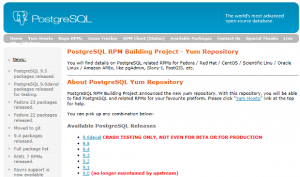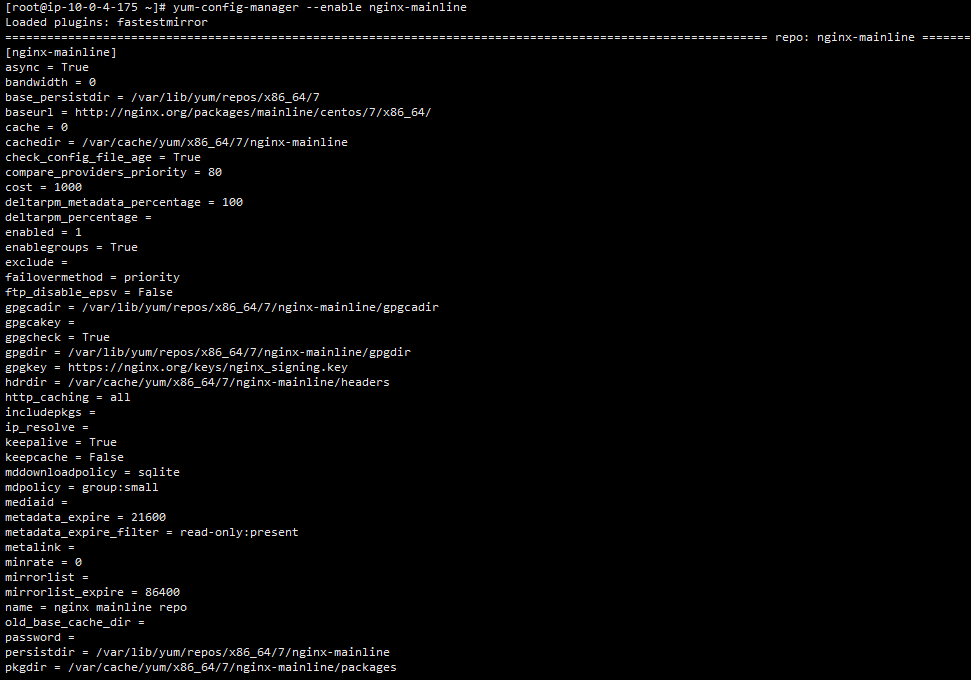


Once the postgresql93-server package is installed, you need to initialize a database: # service postgresql-9.3 initdb To install a basic PostgreSQL 9.3 server use the following command: # yum install postgresql93-server If you like to list the available packages you can use the command: # yum list postgres* Next, you need to install the PGDG RPM file by using the commands:įor 32bit CentOS systems: # yum localinstall įor 64bit CentOS systems: # yum localinstall In the and sections and save the changes. You need to add the following line exclude=postgresql* Let’s start.įirst thing you need to do is to exclude the PostgreSQL in your /etc//CentOS-Base.repo. The installation of PostgreSQL is very simple and requires only few minutes to be completed. It is open source and it is designed for high volume environments.Ĭurrent stable release of PostgreSQL is 9.3 and it is community supported until. PostgreSQL is a cross-platform object-relational database management system and its primary function is to store data and retrieve it later. You can then migrate the data with pg_upgrade or a dump and reload, change the port so that 9.3 runs on port 5432, and when you're done, stop and uninstall 8.4.įor more info, see the README.rpm-dist at /usr/share/doc/postgresql93/README.rpm-dist after installing postgresql93 packages.Today we will show you how to install PostgreSQL on a CentOS 6 VPS. This will not upgrade your current server. Then to install 9.3: yum install postgresql93-server postgresql93-contrib Read the release notes for each major PostgreSQL release between your 8.4 and the current 9.3, i.e read the notes for 9.0, 9.1, 9.2 and 9.3 (especially the compatibility sections). That is by design, because it'd leave you with a surprise major version upgrade - causing at minimum some significant downtime, and probably compatibility problems too. That prevents postgresql packages from being upgraded with a simple yum update. The package name for PostgreSQL in the PGDG repository is different.

PGDG publishes RHEL 5 packages see for instructions.


 0 kommentar(er)
0 kommentar(er)
